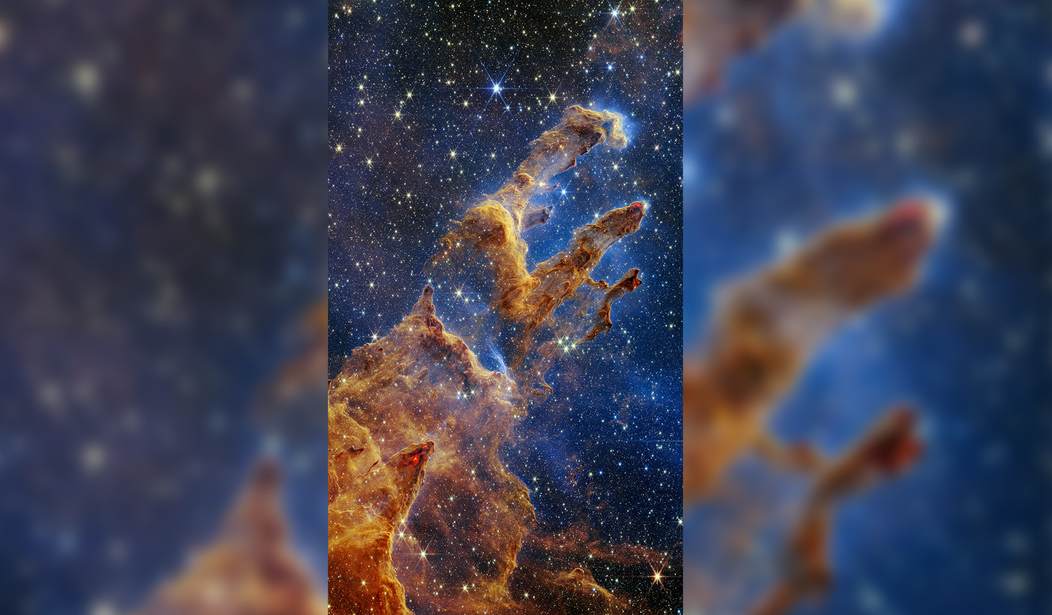The James Webb Space Telescope continues to deliver remarkable finds from all across the universe. But the latest announcement wasn’t of some stunning, previously unseen constellation or a black hole lurking in our cosmic backyard. (Thankfully.) In a dark, cold molecular cloud called Chamaeleon I located approximately 500 light years from the Earth, the JWST has detected what are described as the building blocks needed for the development of life as we know it. These include frozen carbon, hydrogen, oxygen, nitrogen, and sulfur. Those are the basic elements that go into creating amino acids. And they seem to show up everywhere we look. (Science Alert)
JWST’s unparalleled ability to peer into the shrouded hearts of distant clouds has revealed the elements of biochemistry in the coldest and darkest place we’ve seen them yet.
In a molecular cloud called Chamaeleon I, located over 500 light-years from Earth, data from the telescope has revealed the presence of frozen carbon, hydrogen, oxygen, nitrogen, and sulfur – elements vital to the formation of atmospheres and molecules such as amino acids, collectively known as CHONS.
“These elements are important components of prebiotic molecules such as simple amino acids – and thus ingredients of life, so to speak,” says astronomer Maria Drozdovskaya of the University of Bern in Germany.
To be clear, NASA hasn’t discovered actual life out in the cold blackness of space. Or at least not yet. But if our understanding of the early formation of life is anywhere near accurate (still a major “if”) and these materials were to rain down on a young planet with liquid water on the surface, that world would have everything it needs to kick off the formation of living plants or animals.
And speaking of water JWST detected plenty of that frozen in the cloud as well. It also found methane, ammonia, carbonyl sulfide, and the organic molecule methanol. How methanol manages to form in the absence of life is far above my pay grade in terms of the world of science, but there apparently must be some explanation for it.
As I already said, these materials show up nearly everywhere we look. There also seems to be water ice all over the place. So why wouldn’t the universe be simply lousy with life, at least on the planets that form in the “Goldilocks zone” of each star? Life on Earth arose and developed to the point of technological development in a relatively short period of time. (With “short” being measured in terms of the age of the solar system.) How often does that happen?
That, of course, brings back yet again to the question of the Fermi paradox. If the galaxy is brimming with life, why don’t we hear from anyone else? (Assuming you believe we haven’t been contacted already.) There are a number of theories that regularly make the rounds and I cycle through them periodically whenever I consider the question. My current favorite is that there are other intelligent life forms hanging around and they know we’re here. But we’re either just not interesting enough to bother or the planet is just such a crap show these days that they’ve thrown up their hands and decided to look elsewhere. And could you really blame them?







Join the conversation as a VIP Member